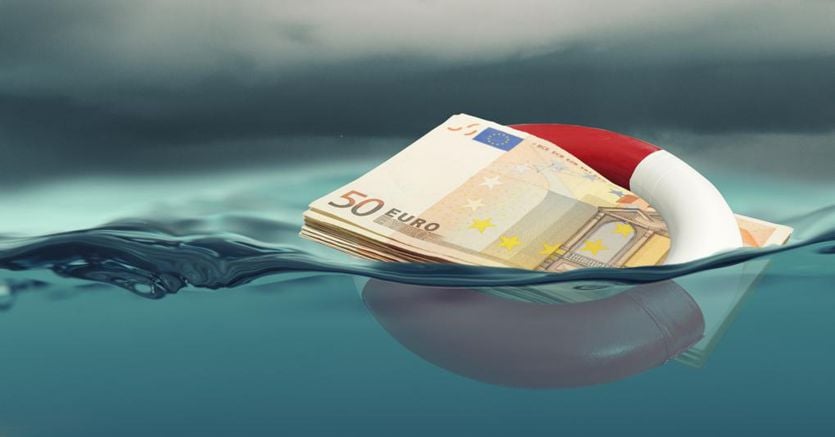It can no longer be said that the relaunch of the South is a question of money. If in the next seven years the economy of the southern regions fails to take off to align with the growth rates of the rest of the country and maybe even a little more, closer to the European average, it will not depend on the resources available.
Over the next seven years, the seven Italian regions that according to European criteria are classified as less developed (Basilicata, Calabria, Campania, Molise, Puglia, Sardinia and Sicily) will have around 210 billion euros of public resources available (see the detail in the infographic), over two thirds financed by the European Union through the Recovery Plan, the 2021-2027 structural funds, including those for rural development ( Feasr) as well as the Social Fund (ESF) and the Regional Development Fund (ERDF). The national share comes from the compulsory co-financing of the European structural funds and above all (56 billion) from the Development and Cohesion Fund which, however, looks to the 2032 horizon. Italy must spend by 2023: 29.7 billion, as explained by the minister for the South, Mara Carfagna, on May 19 in Parliament.
Loading…
The objectives of European funding
A small part of the resources in question has substantially already been spent. The 8.4 billion React-Eu, for example, in addition to the extraordinary health costs related to the pandemic, will also be used to finance the tax relief for the hiring of workers in companies in the South, in particular of young people and women. Among the initiatives also the reduction of university fees and scholarships.
The national and regional programs financed by the ERDF and the ESF, as foreseen by the European regulations, are mainly intended to support innovation projects, entrepreneurship, digital and green transitions (in line with the Next Generation Eu) and transport networks. . Investments to facilitate access to quality health, educational and cultural services, integrate migrants and combat social exclusion complete the objectives. Among the operational programs that Italy is developing there will be a new health program (600 million) and the Pon Metro will be almost doubled to about 2 billion, which will not only finance projects in the 14 metropolitan cities but is extended to medium-sized capitals.
But the most important slice is that of over 80 billion that will come from the National Recovery and Resilience Plan, (Pnrr) or Recovery Plan which, in compliance with the limits shared by the 27 Member States of the European Union, allocates 37% of resources to the green transition and 20% to the digital one. According to the six missions in which the NRP is divided, investments will be in both physical and digital infrastructures, for sustainable mobility but also in education and research, inclusion and social cohesion and for health. One of the most significant works that the PNRR should launch will be the high-speed railway from Salerno, where it stops today, to Reggio Calabria.
